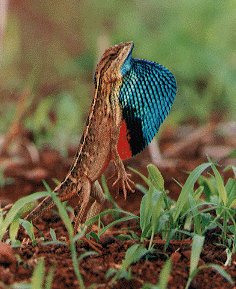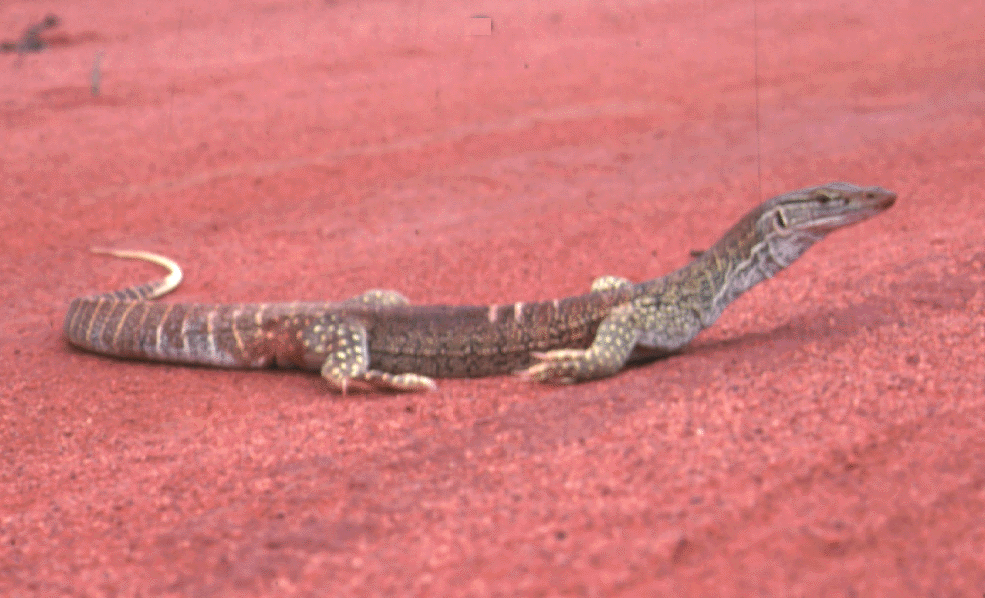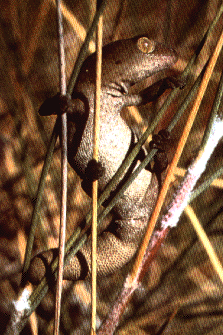
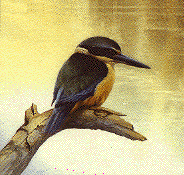 Each of us quite naturally perceives ourself to be at the center of things, but no one would deny that other events ultimately have their influence, too. Likewise, many people unconsciously place humanity at the exact center of the universe. In this view, the utility of anything is measured by how it can be used by humans. For many, everything has its dollar value. Such anthropocentrism is understandable, but narrow and misguided.
Each of us quite naturally perceives ourself to be at the center of things, but no one would deny that other events ultimately have their influence, too. Likewise, many people unconsciously place humanity at the exact center of the universe. In this view, the utility of anything is measured by how it can be used by humans. For many, everything has its dollar value. Such anthropocentrism is understandable, but narrow and misguided.

It is a worthwhile exercise to imagine that something else, such as an ant, a lizard, an oak tree, or an HIV virus, is really the focus of the cosmos. From such a perspective, the almighty dollar quickly loses its primacy. Survival (Survival Kit) and reproduction assume a lot more significance. What good are lizards? Why should I take this course? Teaching Assistant: Ann Thijs annthijs@mail.utexas.edu 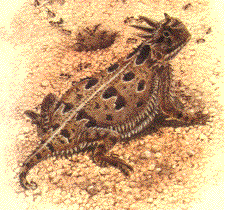
 Outline of Subjects to be covered in the Course Professor Eric R. Pianka Definitions and Groundwork; the scientific method; domain of ecology, environment; limiting factors, tolerance limits, the principle of allocation; natural selection, self-replicating molecular assemblages; levels of selection, levels of approach to science, speciation, phylogeny, classification and systematics.  Macroevolution, natural selection and adaptation, the species concept. Origin of life, prokaryotes and eukaryotes, introduction to the diversity of organisms. Domains, traits (and example organisms) of kingdoms [archaebacteria, eubacteria, protists, fungi, plants, animals] Adaptations, structures, symbiotic relationships, including variations in life cycles How organisms are classified and why; phylogenetic systematics One major taxon will be examined in depth ( Lizards ); we will investigate classification, phylogeny, and biogeography Evolution will be related to the history of earth (plate tectonics) Physiological Ecology Physiological optima and tolerance curves, energetics of metabolism and movement; energy budgets and the principle of allocation; adaptation and deterioration of environment; heat budgets and thermal ecology; water economy in desert organisms; other limiting materials; sensory capacties and environmental cues; adaptive suites and design constraints. 
Principles of Population Ecology Life tables and schedules of reproduction; net reproductive rate and reproductive value; stable age distribution; intrinsic rate of increase; population growth and regulation; Pearl-Verhulst logistic equation; density dependence and independence; r and K selection; population "cycles," cause and effect; metapopulations; evolution of reproductive tactics; evolution of old age and death rates; use of space; evolution of sex; sex ratio; mating systems; sexual selection; fitness and the individual's status in the population; kin selection, reciprocal altruism, parent-offspring conflict and group selection. Interactions Between Populations Complex examples of population interactions; indirect interactions; competition theory; competitive exclusion; balance between intraspecific and interspecific competition; evolutionary consequences of competition; laboratory experiments and evidence from nature; character displacement and limiting similarity; future prospects; Predation; predator-prey oscillations; "prudent" predation and optimal yield; theory of predation; functional and numerical responses; selected experiments and observations; evolutionary consequences of predation: predator escape tactics; aspect diversity and escape tactic diversity; coevolution; plant apparency theory; evolution of pollination mechanisms; symbiotic relationships. Community Ecology Classification of communities; interface between climate and vegetation; plant life forms and biomes; leaf tactics; succession; transition matrices; aquatic systems; community organization; trophic levels and food webs; the community matrix; guild structure; primary productivity and evapotranspiration; pyramids of numbers, biomass, and energy; energy flow and ecological energetics; saturation with individuals and with species; species diversity; diversity of lowland rainforest trees; community stability; evolutionary convergence and ecological equivalents; ecotones, vegetational continuua, soil formation and primary succession; evolution of communities. Island Biogeography and Conservation Biology Classical biogeography; biogeographic "rules;" continental drift; island biogeography; species-area relationships; equilibrium theory; compression hypothesis; islands as ecological experiments: Krakatau, Darwin's finches, and other examples; metapopulations, conservation biology, human impacts on natural ecosystems, hot spots of biodiversity, applied biogeography and the design of nature preserves. To go to Pianka Lab Homepage Last updated 3 June 2005 by Eric R. Pianka |

